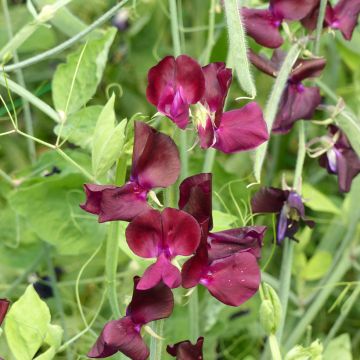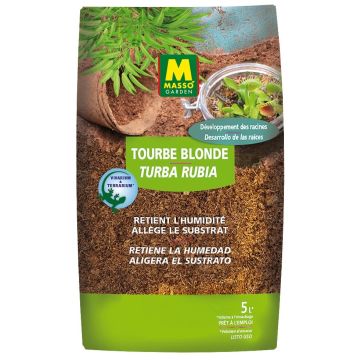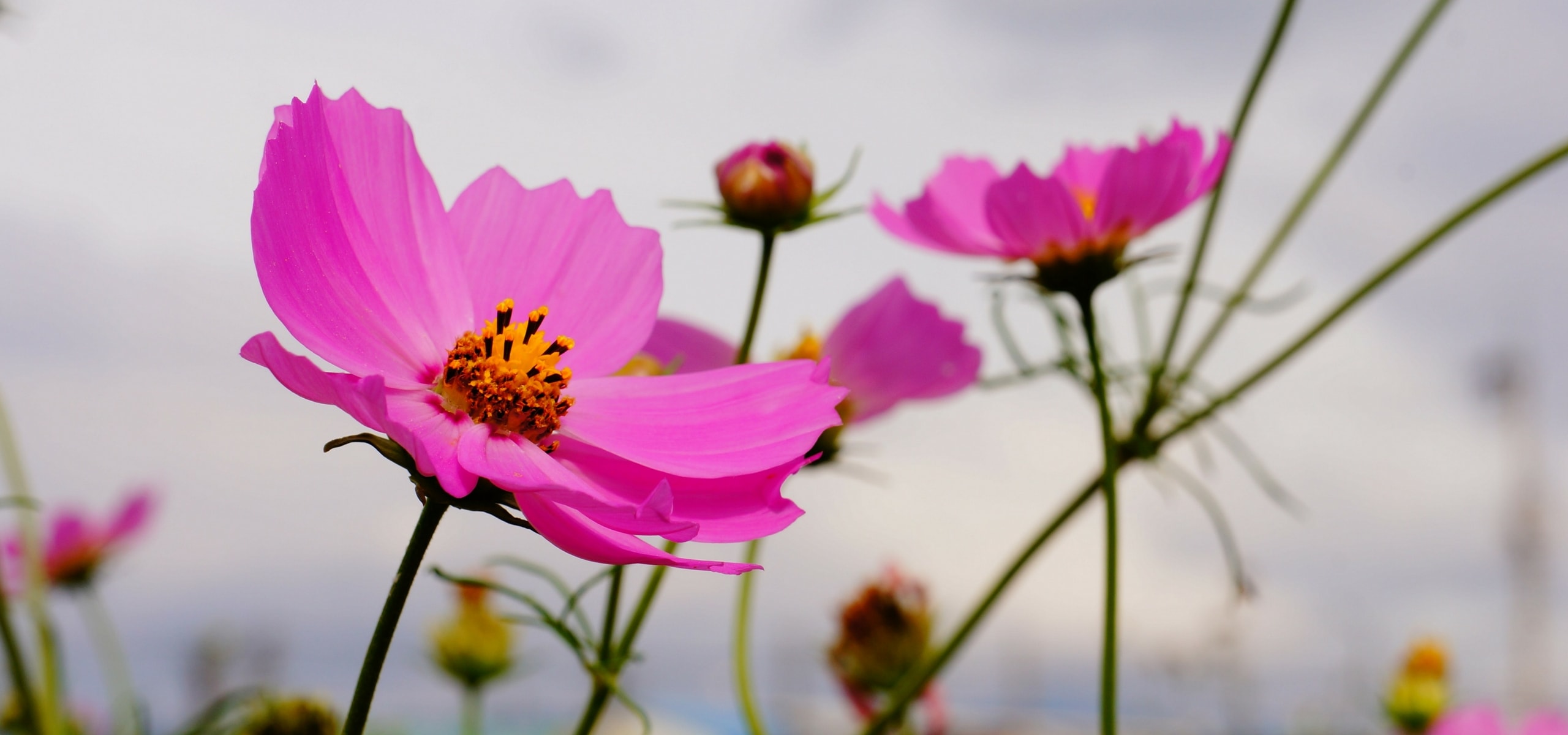

Cardiospermum halicacabum - seeds


Cardiospermum halicacabum - seeds
Cardiospermum halicacabum - seeds
Cardiospermum halicacabum
Balloon Vine, Love in a Puff, Heartseed
Special offer!
Receive a €20 voucher for any order over €90 (excluding delivery costs, credit notes, and plastic-free options)!
1- Add your favorite plants to your cart.
2- Once you have reached €90, confirm your order (you can even choose the delivery date!).
3- As soon as your order is shipped, you will receive an email containing your voucher code, valid for 3 months (90 days).
Your voucher is unique and can only be used once, for any order with a minimum value of €20, excluding delivery costs.
Can be combined with other current offers, non-divisible and non-refundable.
Home or relay delivery (depending on size and destination)
Schedule delivery date,
and select date in basket
This plant carries a 6 months recovery warranty
More information
We guarantee the quality of our plants for a full growing cycle, and will replace at our expense any plant that fails to recover under normal climatic and planting conditions.
Does this plant fit my garden?
Set up your Plantfit profile →
Description
Cardiospermum halicacabum, also known as Heartseed or Love in a Puff, is a vigorous, tropical climbing plant, theoretically a perennial but easily grown as an annual. This charming plant is a medicinal plant with luxuriant vegetation and unusual lantern-shaped green fruits, similar to Physalis. It owes its name "heartseed" to its black seeds adorned with a small white heart. It is easy to sow and grow and clings to a fence, trellis, pergola, or teepee with tendrils. Its discreet flowers appear from summer to autumn.
Cardiospermum halicacabum is a plant of the soapberry family. It is a herbaceous climbing plant with a woody base native to tropical and subtropical regions of America (Texas, Florida, Bermuda), naturalised in Africa, Oceania, and India. In the wild, it is found along roads and rivers, in partial shade, in rich and moist soils. The plant rapidly develops highly branched stems that can reach 3 to 4 metres long in one season. They bear tendrils and leaves measuring 15 to 20 cm long. These decorative light green leaves are composed of 6 to 9 deeply toothed leaflets. This heartseed blooms from July to October. Its small cream-white flowers, with 4 petals and yellow stamens, measure less than 1 cm in diameter. They are gathered in small loose clusters, called corymbs, at the end of slender, 5 to 10 cm long stems above a pair of tendrils. After pollination, swollen, 2 to 3 cm long capsules are formed, changing from light green to yellow-ochre. Each contains 3 characteristic pea-sized, black seeds with a white heart-shaped hilum.
This exotic plant has many features: elegant foliage, curious fruits, unusual seeds, and medicinal properties. It thrives in warm and semi-shaded places, in rich and moist soils. It is a perfect plant to quickly dress up a pergola or a wire fence for the season. It will appeal to the curious and lovers of exoticism who can overwinter it in the conservatory. The large seeds of the heartseed are easy to handle and can be easily sown by children. It is perfect for flowering in a pot on the terrace all summer. To accompany it, consider Black-eyed Susans, sweet peas, or morning glories, for example.
Properties: leaves and stems are rich in flavonoids, tannins, and foaming saponins. In traditional medicine, the roots and seeds of the heartseed are used for their anti-inflammatory properties for rheumatism, to soothe itching related to eczema, or to calm itching and other redness.
Flowering
Foliage
Plant habit
Botanical data
Cardiospermum
halicacabum
Sapindaceae
Balloon Vine, Love in a Puff, Heartseed
India
Other Flower seeds
View all →Planting and care
Sow the heart pea under cover from February to April, in a tray or in pots at 20°C. Transplant in May, when there is no longer any risk of frost, spacing the plants 70 to 80 cm apart. Provide support from the beginning so that this plant can climb. It will climb a trellis, a wire mesh, a pergola, a teepee... Direct sowing in open ground is possible from April in regions where spring is early and frost-free.
Cultivation:
Plant the Cardiospermum in non-scorching sun or partial shade, avoiding the full midday sun. It will adapt to any well-drained, rich and moist soil, for example a good horticultural compost mixed with topsoil. Water regularly to keep the soil moist and mulch in summer.
Sowing period
Intended location
Planting & care advice
This item has not been reviewed yet - be the first to leave a review about it.
Haven't found what you were looking for?
Hardiness is the lowest winter temperature a plant can endure without suffering serious damage or even dying. However, hardiness is affected by location (a sheltered area, such as a patio), protection (winter cover) and soil type (hardiness is improved by well-drained soil).

Photo Sharing Terms & Conditions
In order to encourage gardeners to interact and share their experiences, Promesse de fleurs offers various media enabling content to be uploaded onto its Site - in particular via the ‘Photo sharing’ module.
The User agrees to refrain from:
- Posting any content that is illegal, prejudicial, insulting, racist, inciteful to hatred, revisionist, contrary to public decency, that infringes on privacy or on the privacy rights of third parties, in particular the publicity rights of persons and goods, intellectual property rights, or the right to privacy.
- Submitting content on behalf of a third party;
- Impersonate the identity of a third party and/or publish any personal information about a third party;
In general, the User undertakes to refrain from any unethical behaviour.
All Content (in particular text, comments, files, images, photos, videos, creative works, etc.), which may be subject to property or intellectual property rights, image or other private rights, shall remain the property of the User, subject to the limited rights granted by the terms of the licence granted by Promesse de fleurs as stated below. Users are at liberty to publish or not to publish such Content on the Site, notably via the ‘Photo Sharing’ facility, and accept that this Content shall be made public and freely accessible, notably on the Internet.
Users further acknowledge, undertake to have ,and guarantee that they hold all necessary rights and permissions to publish such material on the Site, in particular with regard to the legislation in force pertaining to any privacy, property, intellectual property, image, or contractual rights, or rights of any other nature. By publishing such Content on the Site, Users acknowledge accepting full liability as publishers of the Content within the meaning of the law, and grant Promesse de fleurs, free of charge, an inclusive, worldwide licence for the said Content for the entire duration of its publication, including all reproduction, representation, up/downloading, displaying, performing, transmission, and storage rights.
Users also grant permission for their name to be linked to the Content and accept that this link may not always be made available.
By engaging in posting material, Users consent to their Content becoming automatically accessible on the Internet, in particular on other sites and/or blogs and/or web pages of the Promesse de fleurs site, including in particular social pages and the Promesse de fleurs catalogue.
Users may secure the removal of entrusted content free of charge by issuing a simple request via our contact form.
The flowering period indicated on our website applies to countries and regions located in USDA zone 8 (France, the United Kingdom, Ireland, the Netherlands, etc.)
It will vary according to where you live:
- In zones 9 to 10 (Italy, Spain, Greece, etc.), flowering will occur about 2 to 4 weeks earlier.
- In zones 6 to 7 (Germany, Poland, Slovenia, and lower mountainous regions), flowering will be delayed by 2 to 3 weeks.
- In zone 5 (Central Europe, Scandinavia), blooming will be delayed by 3 to 5 weeks.
In temperate climates, pruning of spring-flowering shrubs (forsythia, spireas, etc.) should be done just after flowering.
Pruning of summer-flowering shrubs (Indian Lilac, Perovskia, etc.) can be done in winter or spring.
In cold regions as well as with frost-sensitive plants, avoid pruning too early when severe frosts may still occur.
The planting period indicated on our website applies to countries and regions located in USDA zone 8 (France, United Kingdom, Ireland, Netherlands).
It will vary according to where you live:
- In Mediterranean zones (Marseille, Madrid, Milan, etc.), autumn and winter are the best planting periods.
- In continental zones (Strasbourg, Munich, Vienna, etc.), delay planting by 2 to 3 weeks in spring and bring it forward by 2 to 4 weeks in autumn.
- In mountainous regions (the Alps, Pyrenees, Carpathians, etc.), it is best to plant in late spring (May-June) or late summer (August-September).
The harvesting period indicated on our website applies to countries and regions in USDA zone 8 (France, England, Ireland, the Netherlands).
In colder areas (Scandinavia, Poland, Austria...) fruit and vegetable harvests are likely to be delayed by 3-4 weeks.
In warmer areas (Italy, Spain, Greece, etc.), harvesting will probably take place earlier, depending on weather conditions.
The sowing periods indicated on our website apply to countries and regions within USDA Zone 8 (France, UK, Ireland, Netherlands).
In colder areas (Scandinavia, Poland, Austria...), delay any outdoor sowing by 3-4 weeks, or sow under glass.
In warmer climes (Italy, Spain, Greece, etc.), bring outdoor sowing forward by a few weeks.




















































